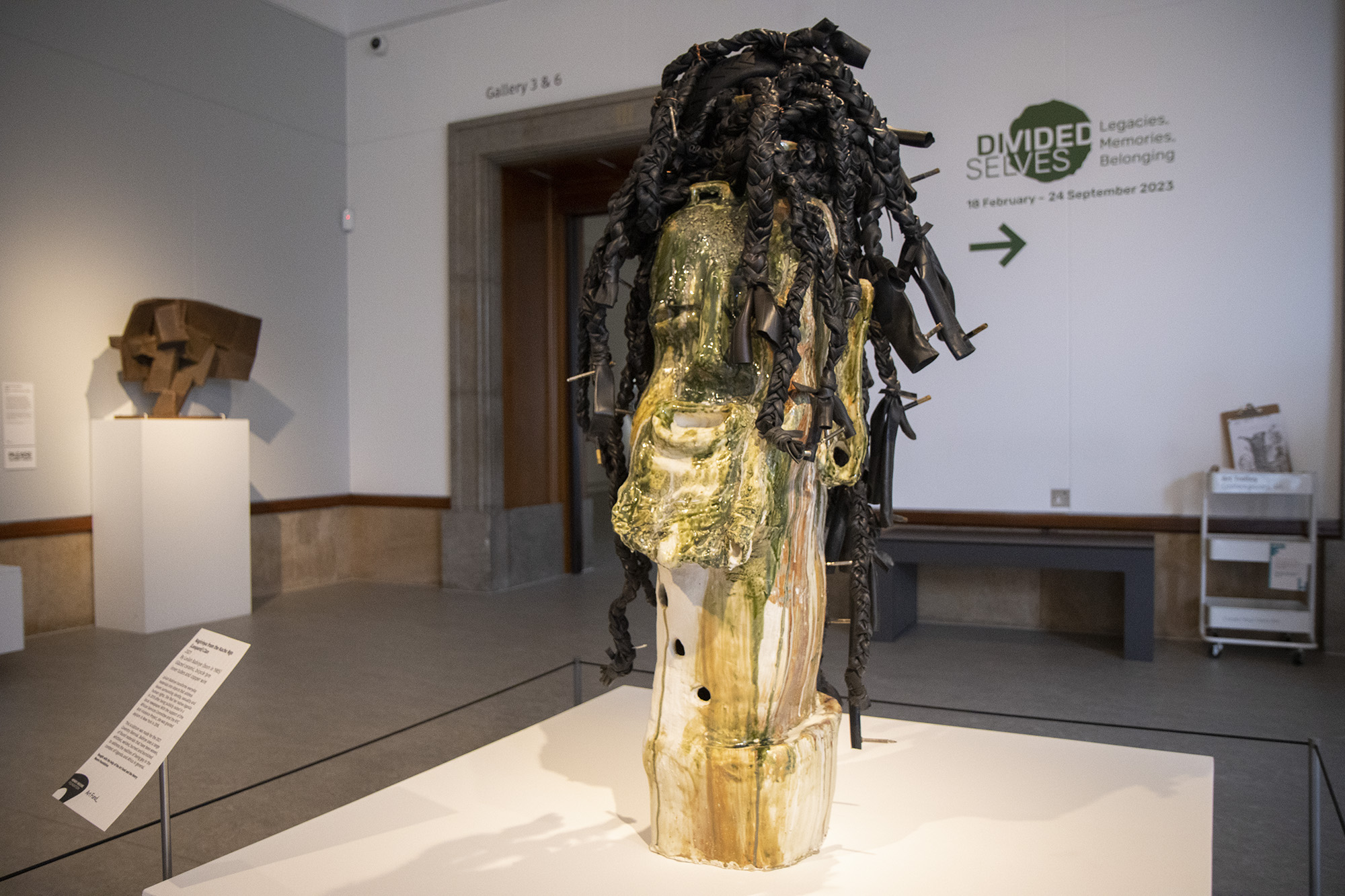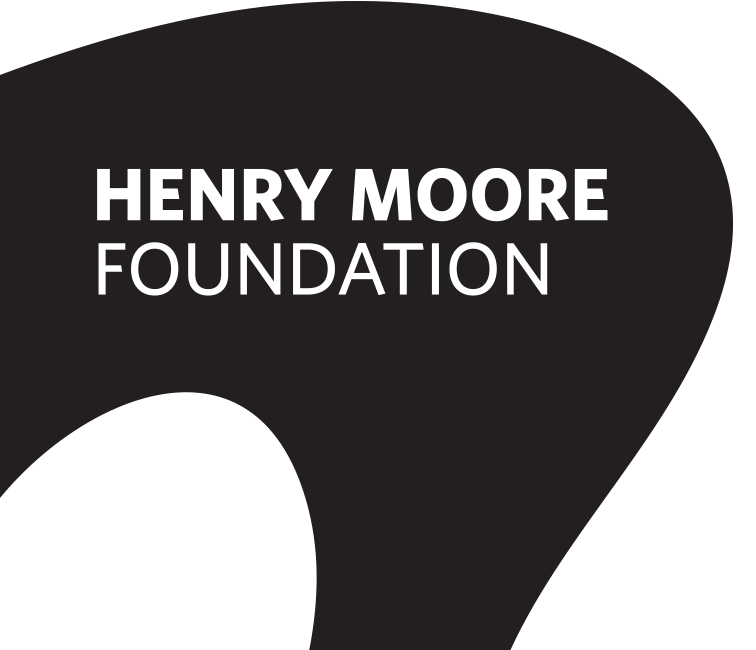Herbert acquires work by Ugandan artist Leilah Babirye
21 February 2023
Leilah Babirye's "Nagirinya from the Kuchu Ngo (Leopard) Clan" joins our collection following Coventry Biennial 2021

The Herbert Art Gallery & Museum is delighted to announce the acquisition of Leilah Babirye’s “Nagirinya from the Kuchu Ngo (Leopard) Clan”, thanks to grants from the Henry Moore Foundation and Art Fund through the Coventry City of Culture Trust.
Recently displayed at the Herbert as part of the 2021 Coventry Biennial exhibition, this mixed media sculptural piece confronts the difficult reality of being gay in Uganda.
Born in Kampala, Uganda in 1985, Leilah Babirye fled her home in 2015 after being publicly outed in a local newspaper. She now lives and works in Brooklyn, New York, where she was granted asylum in 2018 with support from the African Services Committee and the NYC Anti-Violence Project.
Composed of debris collected from the streets of New York, Babirye’s sculptures are woven, whittled, welded, burned and burnished into new forms. Her choice to use discarded materials is intended as a reflection on a pejorative term used for gay people in the Luganda language – “ebiscaya”, meaning a sugarcane husk. “It’s rubbish,” explains Babirye, “the part of the sugarcane you throw out.”
Babirye’s multidisciplinary practice is often focused on transforming everyday materials into objects that address issues around identity, sexuality and human rights. Made from a combination of glazed ceramic, bicycle tyre inner tubes and copper wire, “Nagirinya from the Kuchu Ngo (Leopard) Clan” is part of an ongoing project imagining and creating a community of queer Ugandans.
Babirye explains, “Through the act of burning, nailing and assembling, I aim to address the realities of being gay in the context of Uganda and Africa in general. Recently, my working process has been fuelled by a need to find a language to respond to the recent passing of the anti-homosexuality bill in Uganda.”
The artist’s home city of Kampala is situated in Buganda, one of Uganda’s most powerful kingdoms. The Bugandan people are particularly proud of their ancestral lineage and traditions, and members of its clans consider themselves siblings, regardless of their distant birth relationship. As of 2009, there were at least 52 recognised clans within the Bantu kingdom of Sub-Saharan Africa, all named after animals, plants and objects native to the country.
Building on this idea of family ties and pride in shared culture and history, Babirye uses the term “kuchu” – a “secret word” in the Luganda language that those in the queer and trans community use to address each other. In this way, she playfully envisages an alternate queer and trans history, unified in its support and protection of its people.
Coinciding with LGBT+ History Month, the sculpture is now on display in our Long Gallery alongside other sculptures from our permanent art collection, which includes work by Barbara Hepworth and Jacob Epstein.
The acquisition of Leilah Babirye’s “Nagirinya from the Kuchu Ngo (Leopard) Clan” by the Herbert Art Gallery & Museum is made possible thanks to grants from the Henry Moore Foundation and Art Fund.

